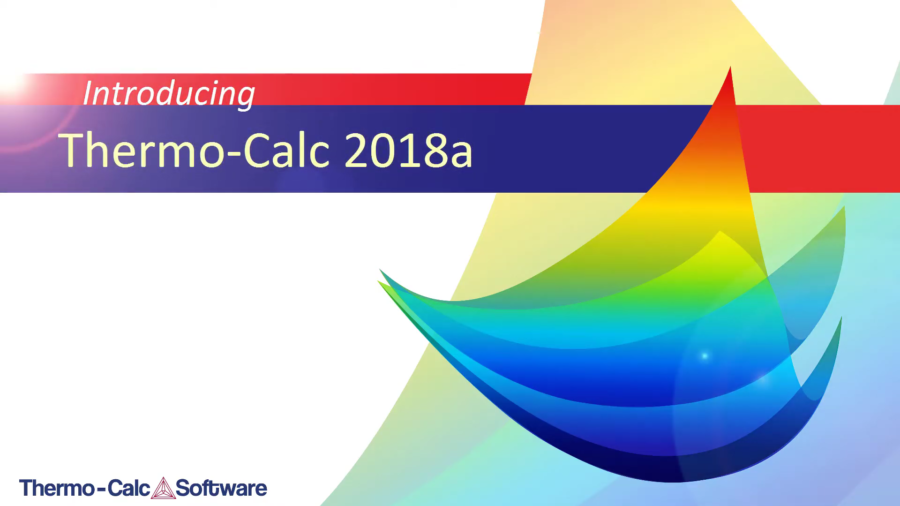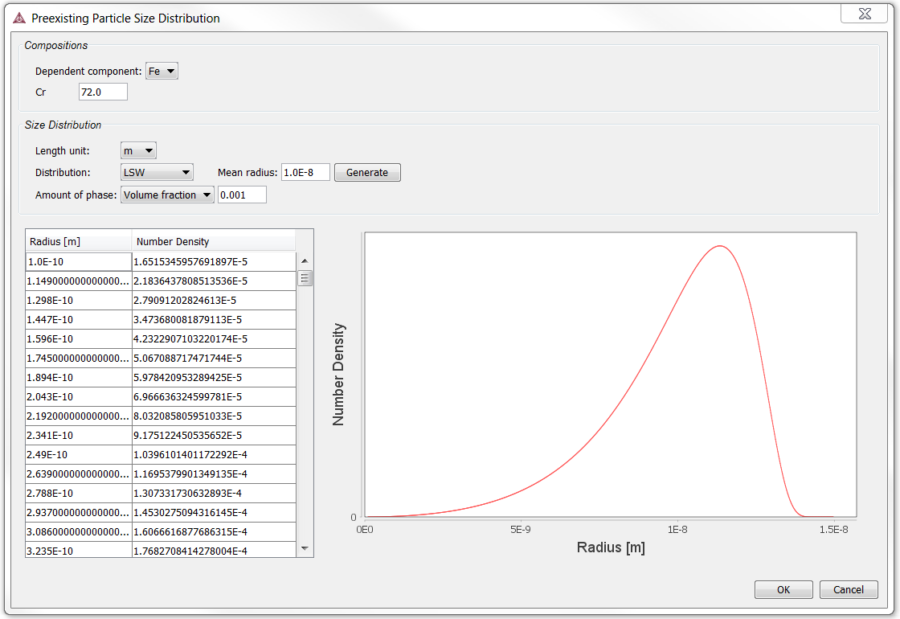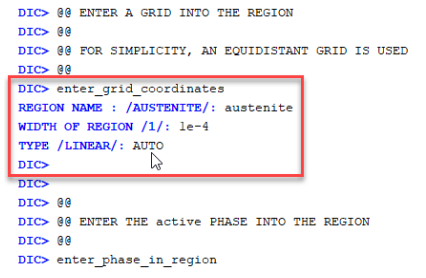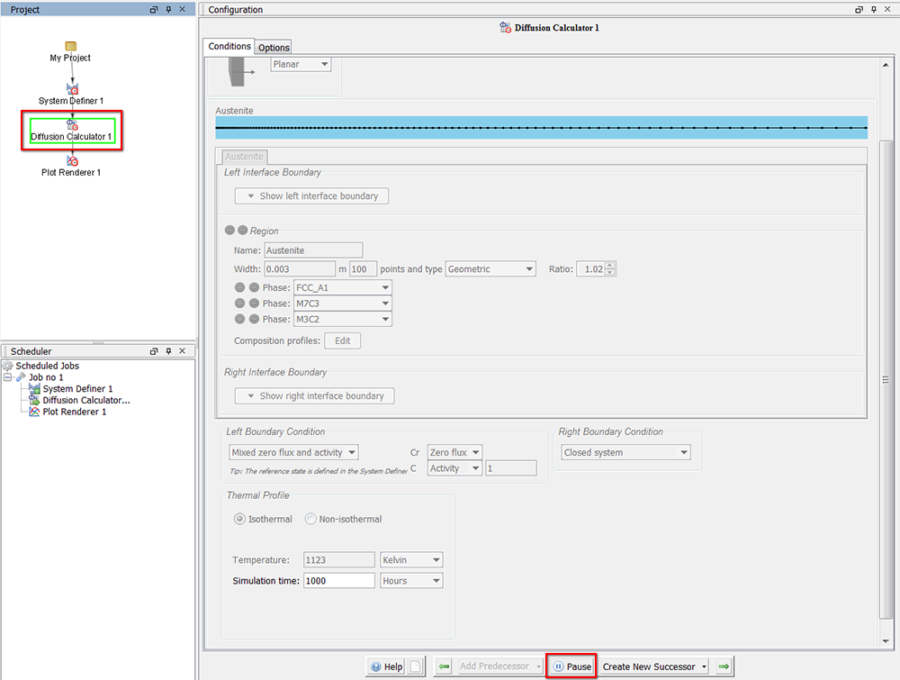Two New High Entropy Alloys Databases
The 2018a release includes new thermodynamic and kinetic databases for high entropy alloys.
TCHEA3: Six new elements have been added to the thermodynamic high entropy alloys database, bringing it to a 26 element framework (Al, B, C, Co, Cr, Cu, Fe, Hf, Ir, Mn, Mo, N, Nb, Ni, Re, Rh, Ru, Si, Sn, Ta, Ti, V, W, Y, Zn and Zr). This new database also includes more than 100 new binary systems and more than 150 new phases.
MOBHEA1: This is the first kinetic database for high-entropy alloys (HEA) from Thermo-Calc Software. The database is suitable for simulation of diffusion controlled phenomena using the add-on Diffusion Module (DICTRA) and/or the Precipitation Module (TC-PRISMA) and is intended for use with TCHEA3. It can also be used together with all Thermo-Calc programming interfaces. The database consists of 22 elements and 5 phases.
New Aluminium Mobility Database
MOBAL4: This new version of our aluminium mobility database adds the element erbium (Er), bringing it to a 35 element framework. The database includes an improved description of liquid and has many new and updated binaries. It also now includes ternary and quaternary descriptions. The database comprises 3 phases, 37 binary systems, 20 ternary systems and 2 quaternary systems.
Improved Grid Creation for Equilibrium Calculations
This release offers improved convergence for phases with charged species. This improvement makes it easier to do equilibrium step and map calculations for oxides.



